Bar Examinations and Bar Passage
A Forked River Runs Through Law School: Toward Understanding Race, Gender, Age, and Related Gaps in Law School Performance and Bar Passage
Document Type
Law Review Article
Publication Date
1-2004
Keywords
lawyer demographics, bar passage correlates, enrolled student demographics, race and ethnicity, gender, health and psychological barriers, bar passage, stereotype threat
Abstract
Analyses of the National Longitudinal Bar Passage Study (N = 27,478), demonstrate that law schools enlarge entering academic differences across race, age, disability, and socioeconomic origins rather than reduce them, and that academic differences in turn impact bar passage. Such differences cannot be reduced to (1) academic preparation, effort, or distractions; (2) instructional or law school-type characteristics; (3) social class; or (4) acceptance of an elitist legal ethos. Rather, results suggest that (1) women, minorities, and other atypical law students confront stigmatization throughout legal education;(2) for women (entering law school in 1991), this stigmatization is new, rejected, and consequently unassociated with law school outcomes; (3) for minorities, this stigmatization is continuous with prior socialization, making resistance difficult and consequent impact sizable; and (4) for other atypical law students, this stigmatization varies with visibility of difference, as do resistance and impact. Implications for social stigma theory and legal education are discussed.




